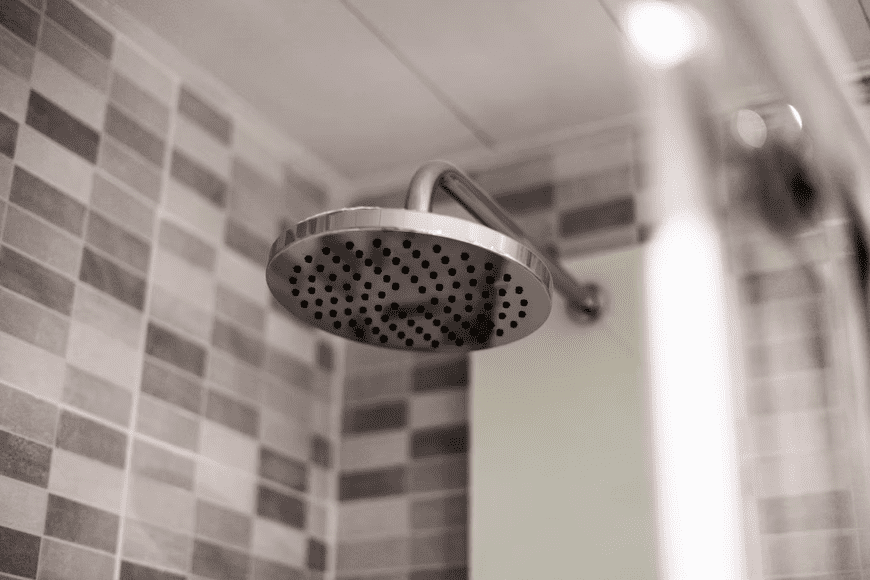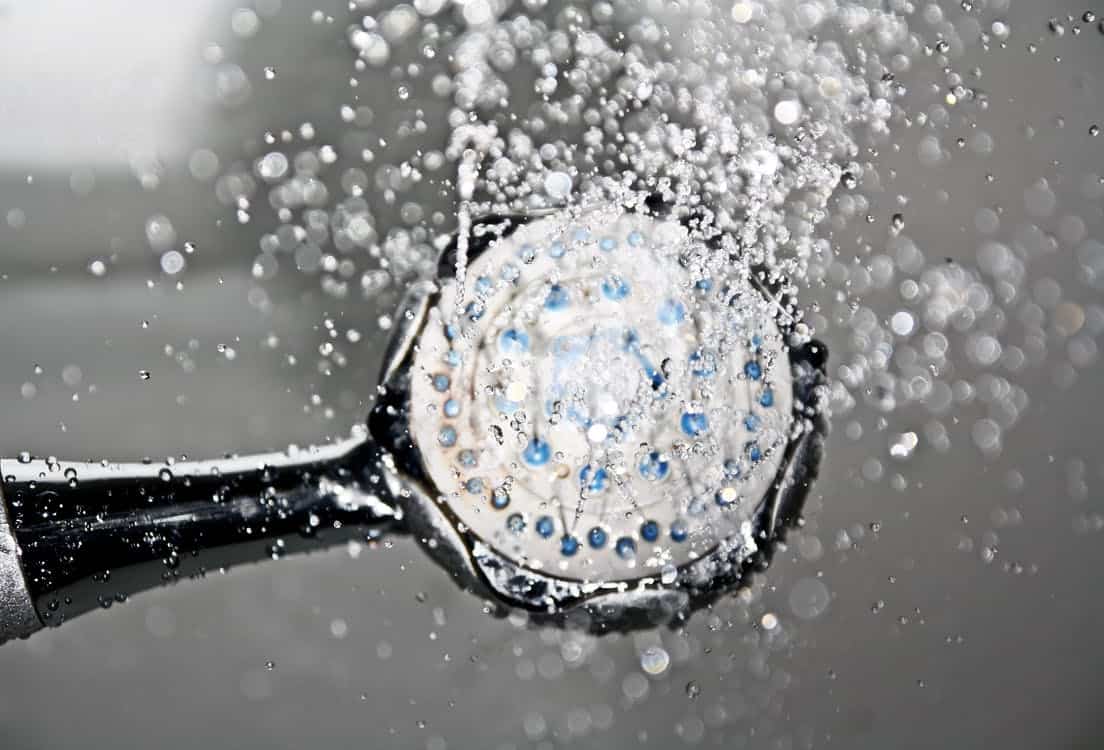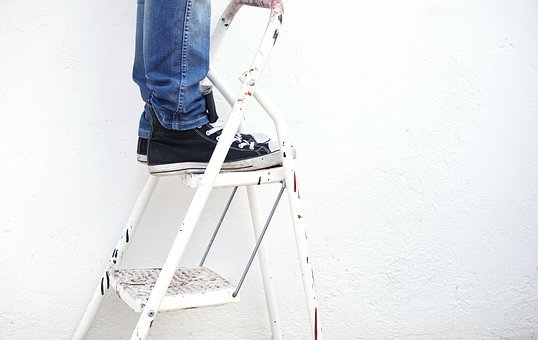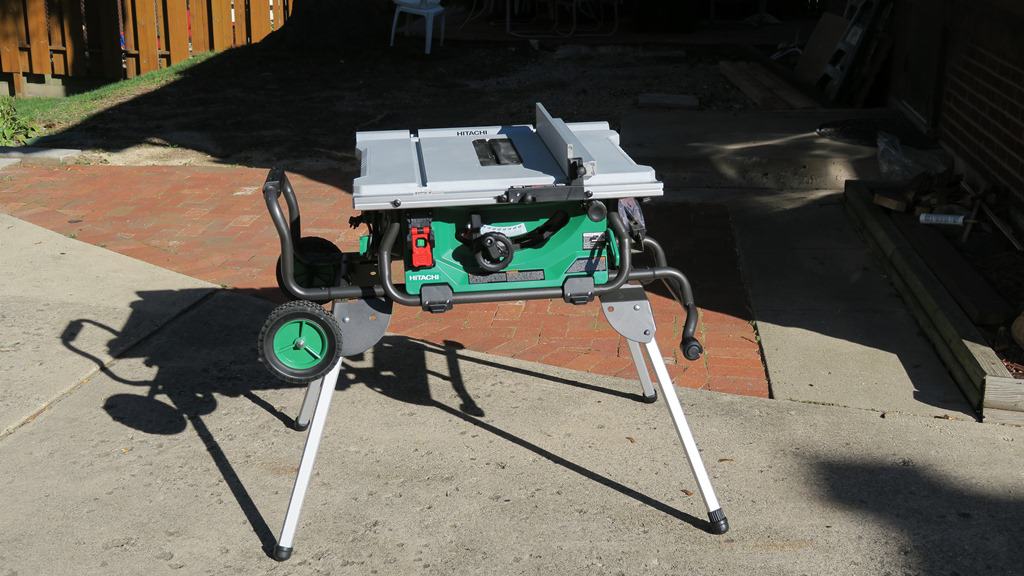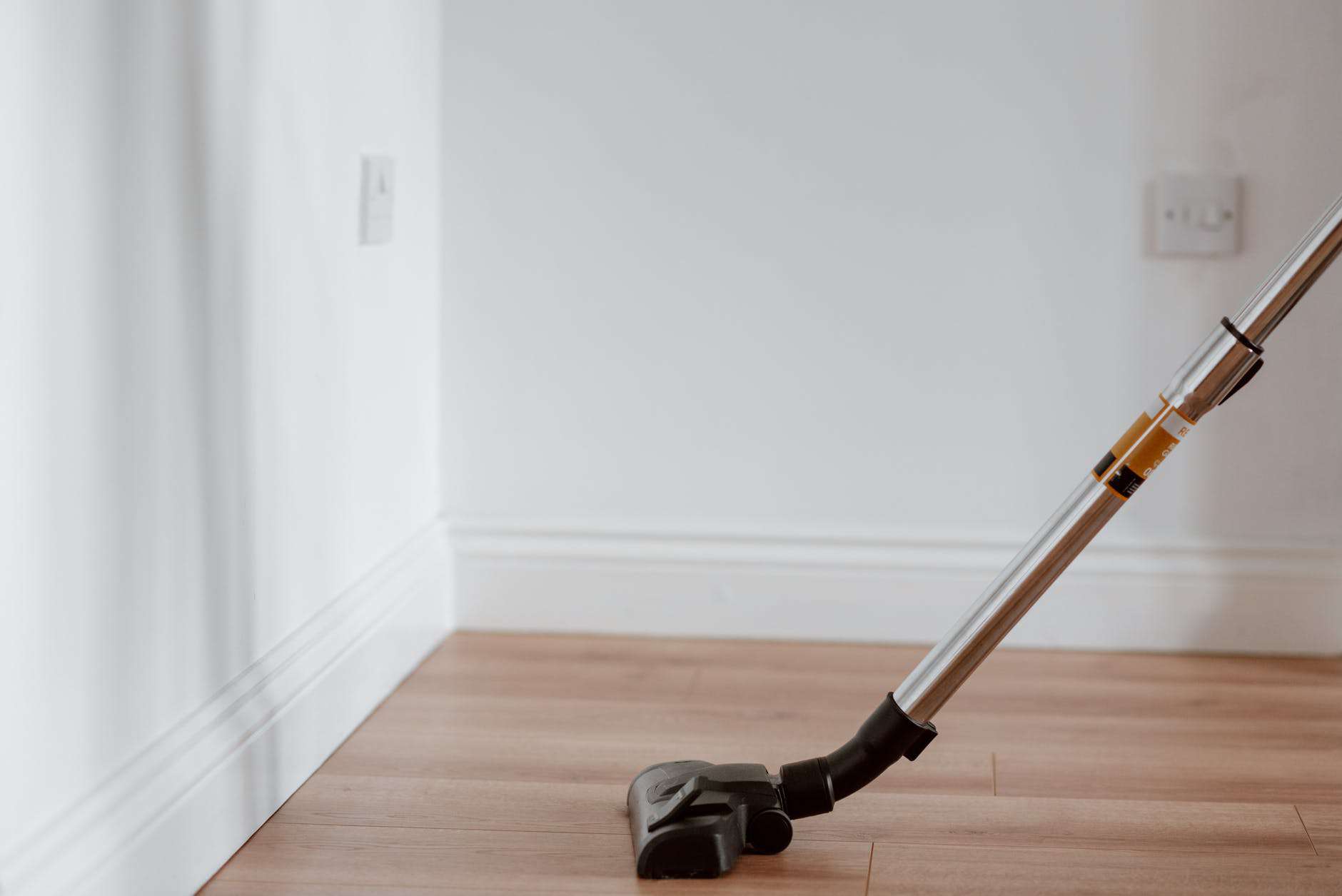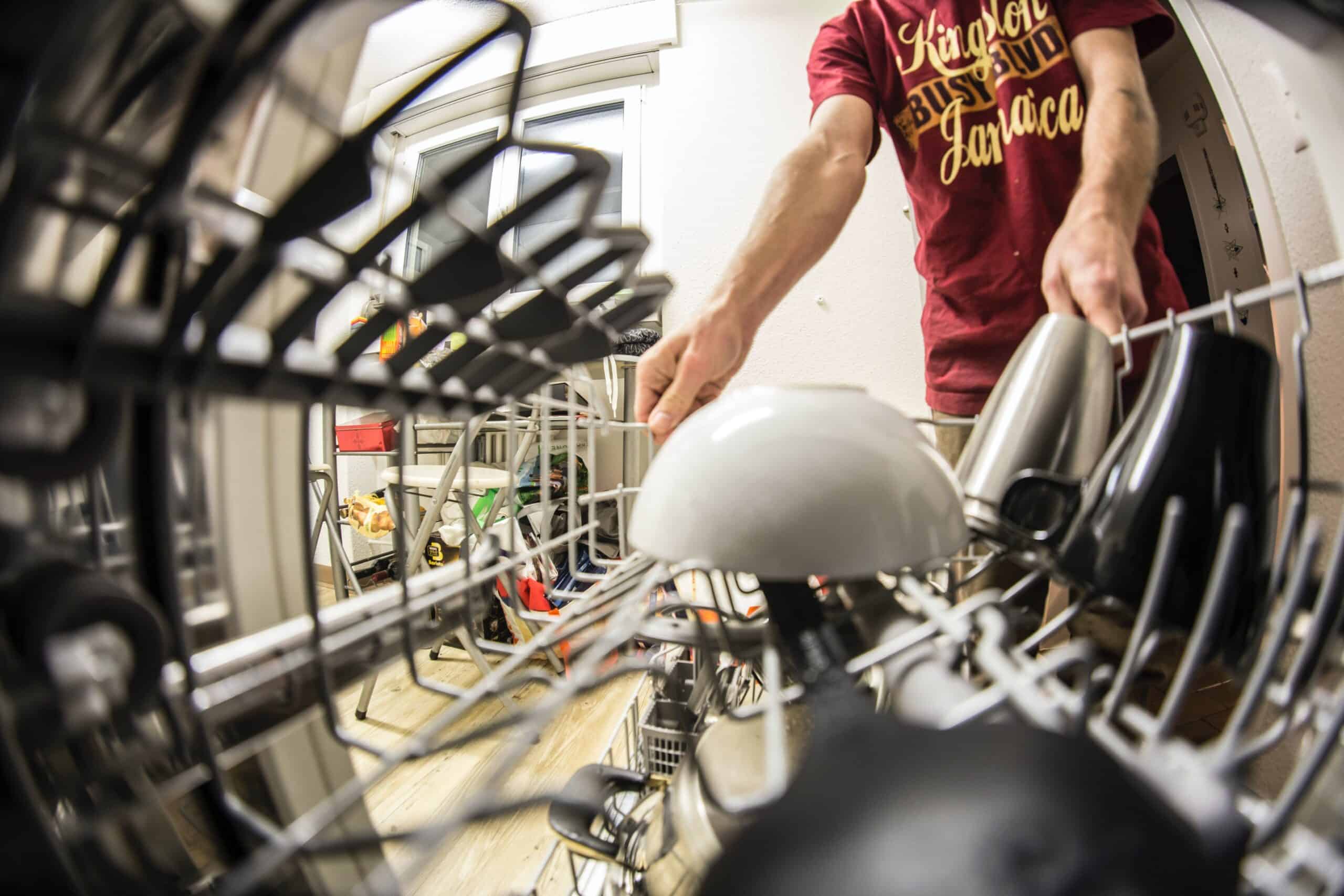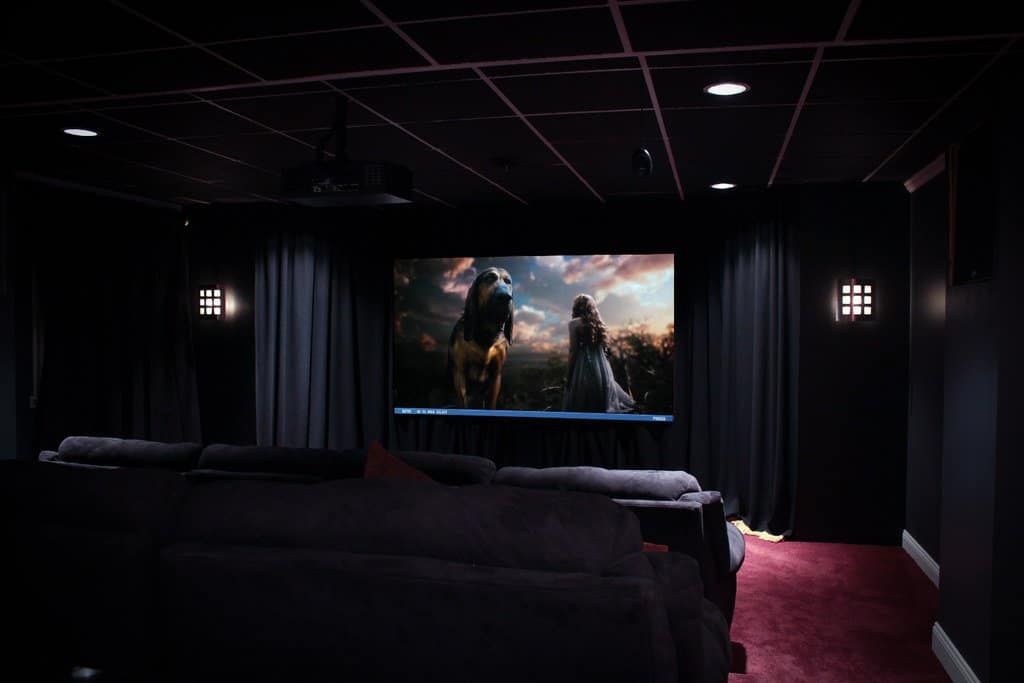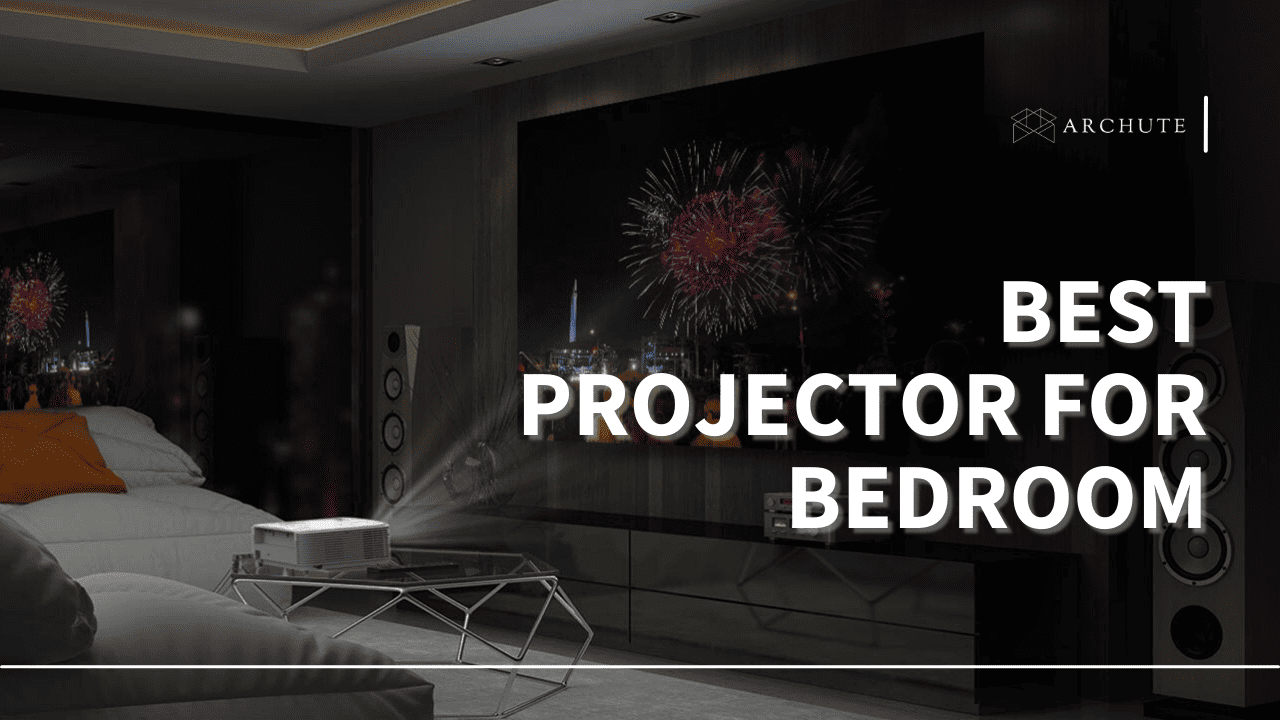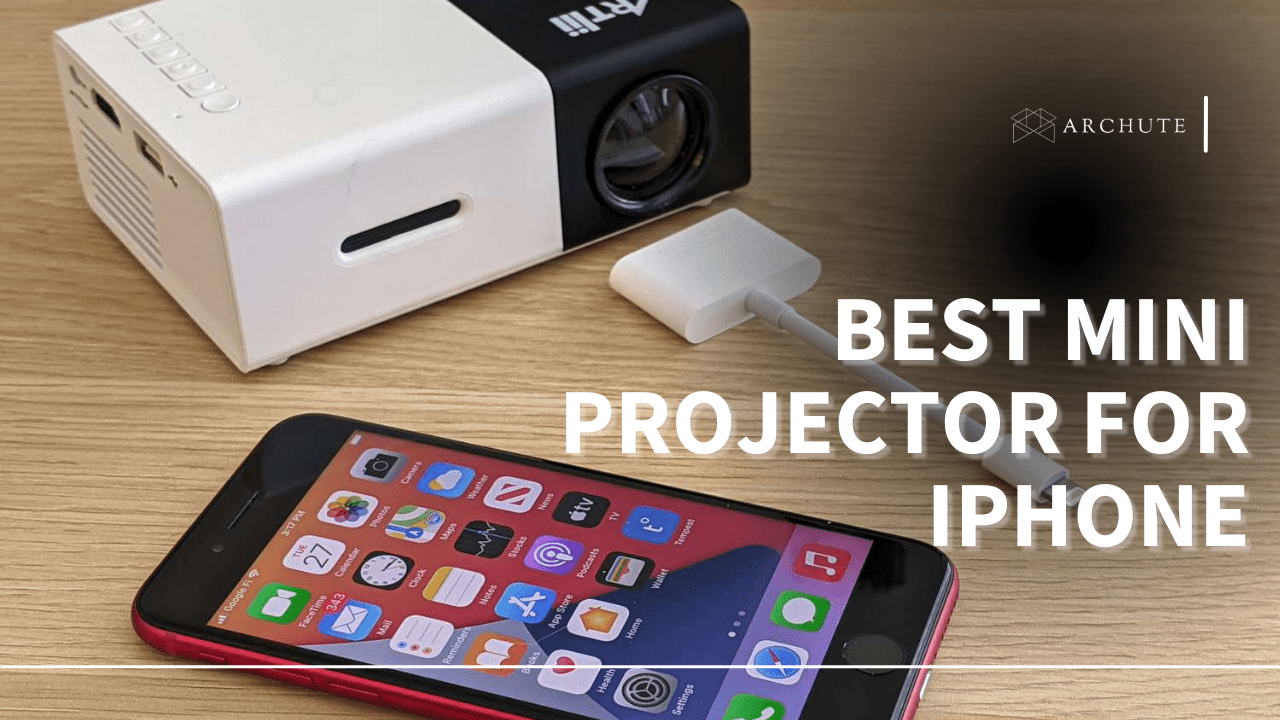Projecting light can be tricky if you are not familiar with using a projector in daylight; you need to consider the number of lumens you need to project to get a good quality image. So, how many lumens do you need to project in daylight? Let us go through this article to find out.
Before we discuss how many lumens you need to project in daylight, do you know what lumens are? If not, let us give you a brief description to understand this article better.
A lumen is a measure that determines projector brightness. The higher the lumen in the projector, the brighter the image. During the day, the ambient light intensity can be slightly high; that is why you need a high lux to match the light intensity. Apart from the lumens, there are specific factors that you should consider that may affect the lumen intensity in daylight.
Controlled light versus daylight is quite different since direct sunlight produces about 120000 lumens during daylight, but that does not mean projecting in a bright room can be impossible. We will walk you through all the factors you need to consider in the latter sections.
The number of lumens you need to project light in daylight depends on what you are using your projector to do, plus the positioning of your projector. It would help if you had about 2500-3000 lumens and above to project in daylight.
Factors To Consider When Adjusting The Lumen Of A Projector In Daylight
1. Daylight Lumens You Need
When dealing with projectors, the relationship between lighting, brightness image quality, color contrast, and projection distance is worth noting. What are the ideal lumens that may give you a nice display in bright rooms in this case?
Think of this by comparing the projector's brightness to a car's headlight or consider viewing the effect in different ambient lighting conditions. The idea work that the intensity of the headlights is amplified in dark areas, whereas in direct sunlight, it may be very hard to see the light from the headlights. The same relationship exists between the projector and ambient lighting.
The best lighting for a projector that works during the day should be something more than 3000 lumens. It does not matter if the projector is HD or 4K in terms of resolution; as long as it can handle the unique output challenges of daylight viewing, you are good to go.
2. Outdoor Lumens You Need
If you want to project outdoors to a large crowd, you need to know the right number of lumens that will be enough for your projection. The most important thing to consider when projecting outside in daylight is the screen size and the lighting conditions.
The higher the screen size, the higher the number of lumens you need. You can also consider using an outdoor projector since it may have been designed for outdoor projection. For instance, a 9 by the 5-foot screen will require 1500 lumens at night and 2300 lumens during the day to produce effective images, that is low energy lighting.
The numbers are not rigidly set since you can adjust the lumen to your liking depending on the quality and the projector's brand. If you will use a projector outside, ensure it can use at least 3000 lumens to be on the safe side. The closer you get to using 4000 lumens and the beyond, the better projections you can expect while using a projector in daylight.
To get the most when using a projector in daylight, you should consider th following:
3. Ensure the sunlight is not falling directly on the projection surface
As we had discussed earlier, the sun projects more than any projector so that you can compete with the sun's brightness. In that case, make sure that direct sunlight is not hitting the projection surface. It will be impossible to view what is being projected if it does.
4. Have some shade in the room
If you want a clear projected surface, make sure it is well shaded. Avoid windows or block the natural light by using dark curtains if you are projecting in daylight. Having shade in the room gives you a clear projection surface as the only light in the room will be the one from the projector; thus, you can have quality images and see what is being projected.
5. Make sure the sunlight is not hitting the projector
As discussed earlier, ensure the sunlight is not hitting the projector. When the sun rays hit the projector, they cancel the rays and cancel out projection. In addition, direct sunlight heats the projection lens unnecessarily and can cause damage to the internal components of the projector.
6. Keep The room as dim as possible
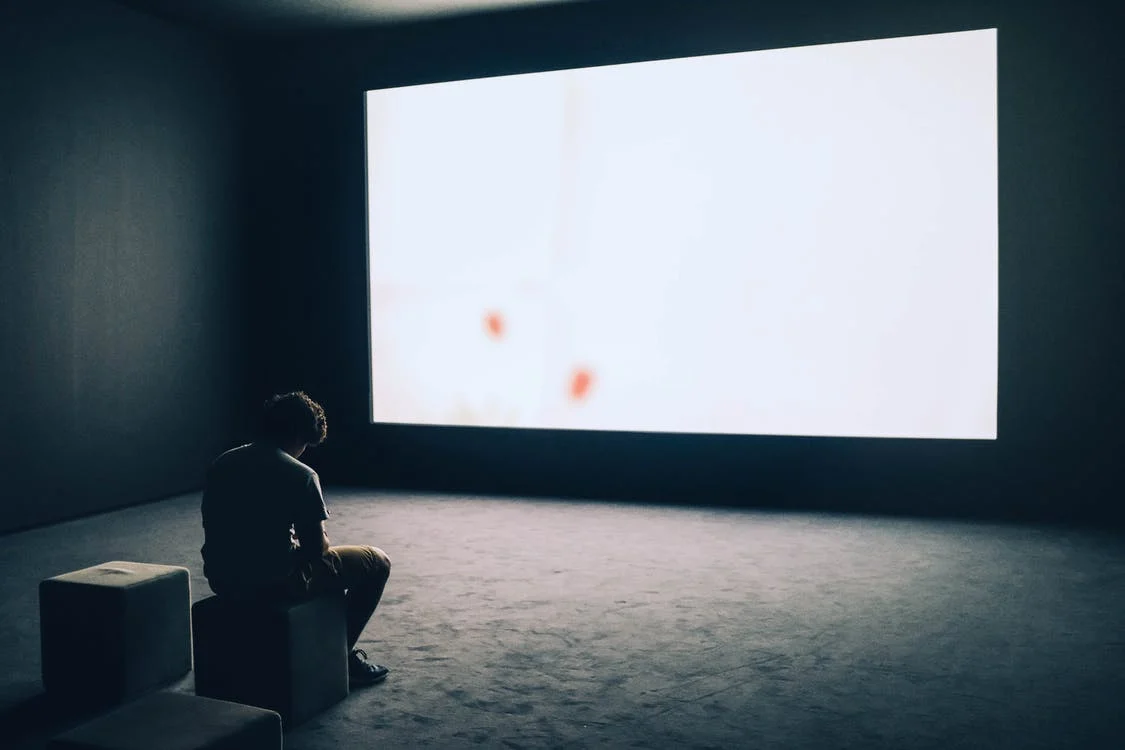
If you are going to use the projector in an office classroom or inside your house, make sure the room is dim possible. A dim room will give you the best projection without squinting your eyes. If you get a 3600 lumens projector, dimming the room to 20% or 50% will give you a better display.
7. Avoid Projecting On A Wall
If you ask if you can project on a well, the answer is a yes and a no. You can project on a wall, but it is not recommended. When your project is on a white wall, the wall paint absorbs the right rather than reflecting it. Projecting on a wall during the daytime poses an additional factor where you will not be able to see the object being projected clearly. However, if you want to project on a wall, it is best to paint the particular wall will projection paint.
8. Use A Dedicated Project Screen For Daylight Projection
Instead of projecting on a wall, you can use a projector screen with high reflective surface material. It will ensure you get the projector's intended lumen value. In addition, all projector screens use a concept known as screen gain that increases the projections' reflection value.
For example, should the screen gain value of the projection screen be 1. 2 times and given that your projector has a brightness of 1000 lumens, it will now have a perceived brightness of 1200 lumens. In other words, a projected screen is preferred because it will enhance the perceived brightness of the light. If you are using a low cost budget projector, then it will be important to use a projection screen since it will help to enhance the quality of the projection.
9. Place the projector properly
Placing the projector close to the projection surface will result in small screen size. On the other hand, if you place a project too far from the projection surface, you may have a large but faded display. Projectors come in different throw ratios that range from throw, short, and ultra-short-throw projectors.
The most common projectors are the long throw projectors with a 100" screen. They produce an appropriate brightness from a distance of 8-12 feet. Short throw projectors have the same projection but from 2-3 feet.
After following the above factors, you can get a projector with a lumens value ranging from 2500-to 3600 to get a bright image in daylight. The above factors are ideal for using a projector indoors during the daytime.
However, if you want to use the projector outdoors during the daytime, this will not apply unless you use the project under some shade.
The bottom line is that 2500 lumens are the recommended amount you need when projecting in the daytime. But you can always go a scale higher since the higher you go, the better the image quality.



